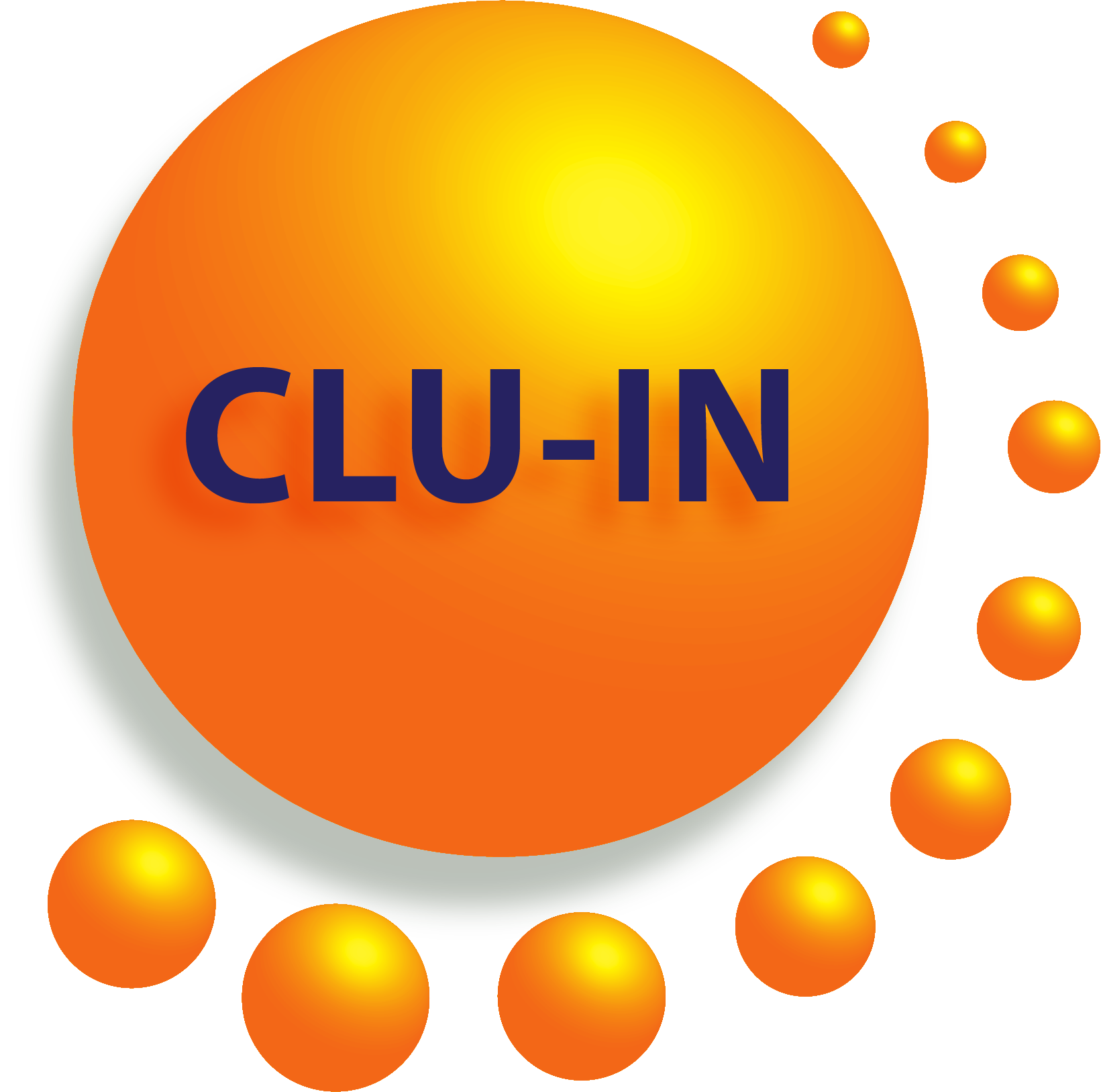Vapor Intrusion Mitigation (VIM-1) - A Two Part Series Training
Live Webinars:
Tuesday, February 24, 2026, 1:00PM-3:00PM EST (18:00-20:00 GMT)
Tuesday, March 17, 2026, 1:00PM-3:00PM EDT (17:00-19:00 GMT)
Sponsored by: Interstate Technology and Regulatory Council
ITRC's Vapor Intrusion Mitigation training is a series of eight (8) modules, presented over two sessions. If you took the ITRC VIM series previously, the content has stayed the same, but the new course directs people to the Vapor Intrusion (VI) Toolkit resources published in January 2026 by ITRC.
The Vapor Intrusion Mitigation training series provides an overview of VIM and presents information from the 2026 ITRC VI Toolkit (which includes fact sheets, technology information sheets, and checklists) (to be published in January 2026).
- Session 1:
- Introduction & Overview of Vapor Intrusion Mitigation Training Team
- Conceptual Site Models for Vapor Intrusion Mitigation
- Community Engagement During Vapor Intrusion Mitigation
- Rapid Response & Ventilation for Vapor Intrusion Mitigation
- Remediation & Institutional Controls
- Session 2:
- Active Mitigation Approaches
- Passive Mitigation Approaches
- System Verification, OM&M, Curtailment and Shutdown
When certain contaminants or hazardous substances are released into the soil or groundwater, they may volatilize into soil vapor. VI occurs when these vapors migrate up into overlying buildings and contaminate indoor air. The ITRC VI Toolkit combines the previous ITRC VI-related guidance documents (VI 2007, PVI 2014, VIM-1 2020), along with updates, into one comprehensive resource toolkit (including fact sheets, technology information sheets and checklists) published in January 2026.
- How to locate and utilize the relevant document, fact sheets, technology information sheets, and checklists
- The importance of a VI mitigation conceptual site model
- How community engagement for VI mitigation differs from other environmental matters
- When to implement rapid response for VI and applicable methodologies
- The differences between remediation, mitigation, and institutional controls
- Available technologies for active and passive mitigation, and design considerations for various approaches
- How/when/why different mitigation technologies are appropriate
- How to verify mitigation system success, address underperformance, and develop a plan for curtailment of a mitigation system and shutdown
While the training makes every effort to keep the information accessible to a wide audience, it is assumed that the participants will have some basic technical understanding of chemistry, environmental sciences, and risk assessment. As with other emerging contaminants, our understanding of VI mitigation continues to advance. This training provides the participants with information on areas where the science is evolving and where uncertainty persists.
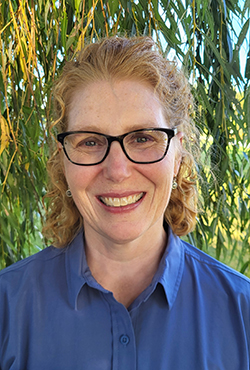 Jennifer Borski, Wisconsin Department of Natural Resources (jennifer.borski@wisconsin.gov)
Jennifer Borski, Wisconsin Department of Natural Resources (jennifer.borski@wisconsin.gov)
Jennifer Borski is the Vapor Intrusion Team Leader with the Wisconsin Department of Natural Resources (WDNR), working in this roll since 2019. The VI team works to identify and address policy issues, develop and update guidance and provide training regarding the vapor intrusion pathway and state’s Dry Cleaner Environmental Response Program in addition to serving as technical support for complicated vapor intrusion investigations and mitigation systems throughout the state. She also serves as the WDNR’s liaison with the Wisconsin Department of Health Services related to vapor intrusion issues. Jennifer served as a member of ITRC’s Vapor Intrusion Mitigation (VIM) Team for development of the ITRC VIM document published in Dec 2020 and continued as a trainer for the document in 2021-2024. She participated as a sub-group leader with ITRC’s Vapor Intrusion (VI) Team that worked to update and consolidate ITRC’s previous vapor intrusion-related documents, which ITRC then published in Jan 2026. She continues with ITRC as a trainer for the updated documents. Jennifer previously served for 20 years as a Hydrogeologist at WDNR regulating the investigation, mitigation, remediation and redevelopment of contaminated properties in east-central Wisconsin, including discharges from dry cleaners, paper mills, metal plating facilities and other historical industrial and commercial operations. Jennifer is a member of the Assoc. of Vapor Intrusion Professionals (AVIP) and is participating with AARST, also known as the Indoor Environments Assoc., on development of a national vapor intrusion mitigation credential. She has a B.S. from the University of Wisconsin – Eau Claire in Geology and Mathematics.
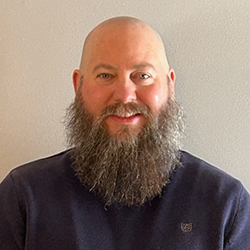
Jay Eichberger has nearly 20 years of experience in the environmental industry. He began his career with a remediation firm assisting with the implementation of in situ chemical oxidation (ISCO) at projects located across the United States. He transitioned to environmental consulting, spending a decade working to bring sites through various stages of compliance to closure in New Jersey. Jay returned to his home state in 2018 after obtaining a position with the Michigan Department of Environment, Great Lakes, and Energy (EGLE) where he continues to pursue his interests in vapor intrusion. Since joining EGLE, Jay has taken on roles as a project manager, a brownfield coordinator, served as team leader for EGLE’s Vapor Intrusion Technical Assistance and Program Support Team, and assisted with development of EGLE’s dry cleaner triage pilot program. In 2019 he became a member of Interstate Technology and Regulatory Council’s Vapor Intrusion Mitigation Training (ITRC VIMT) Team where he took on a leadership role for the passive mitigation approaches subgroup and served as an ITRC trainer. In his free time, Jay enjoys spending time outdoors and pursuing his interests in percussion, cooking, and spending time with his wife Kathy.
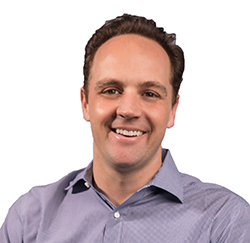 Peter Grant, Epro (peter@eproinc.com)
Peter Grant, Epro (peter@eproinc.com)
Peter is the COO at EPRO and has 20 years of experience with passive vapor intrusion mitigation systems. His expertise includes developing, testing, and commercializing many different types of passive barriers, epoxy floor coatings, and passive ventilation systems. Seeking to become a trusted resource for his clients, Peter enjoys educating environmental consultants, project teams, and regulatory agencies about the latest passive vapor intrusion mitigation trends. Throughout his career, his education opportunities have taken him across the United States, Canada, Europe, Asia, and Australia.
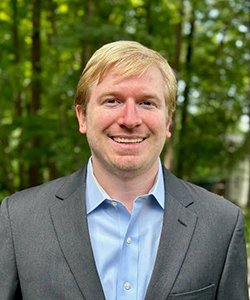 Kelly G. Johnson, P.G., Jacobs Engineering (KellyG.Johnson@jacobs.com)
Kelly G. Johnson, P.G., Jacobs Engineering (KellyG.Johnson@jacobs.com)
Kelly G. Johnson, PG is a vapor intrusion (VI) subject matter expert with Jacobs Engineering. He has over 13 years of experience in soil, groundwater, and VI assessments and mitigation for the public and private sectors. He has hands-on experience sampling soil, groundwater, soil vapor, and indoor air at a variety of sites, experience assisting in design and implementation of various remediation strategies, and extensive experience performing complex human health risk assessments and implementing administrative and/or engineering mitigation strategies. Kelly is a former state regulator with North Carolina Department of Environmental Quality (NCDEQ) Brownfields Program. Kelly also served as co-Team Leader of the 2018-2020 ITRC VI Mitigation Training Team and continued as a trainer for the document in 2021-2024. He initially served as co-Team Leader for ITRC’s 2024-2026 VI Guidance Update Team until transferring back to the private sector but continued to participate as a sub-group leader. Kelly holds a Bachelor of Science degree in Geology from North Carolina State University.
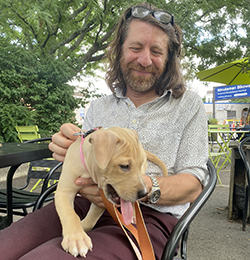 Laurent Levy, Ph.D., Jacobs Engineering (laurent.levy@jacobs.com)
Laurent Levy, Ph.D., Jacobs Engineering (laurent.levy@jacobs.com)
Laurent Levy is the vapor intrusion practice leader at Jacobs and is based in Boston. His primary role is to develop client site investigation strategies and cleanup solutions. He has more than twenty years of experience working with industrial and federal clients, attorneys, and regulators on a variety of topics, including vapor intrusion investigations and risk assessments, subsurface environmental investigations and cleanup, contaminant fate and transport studies, and environmental litigation support. Laurent holds an undergraduate degree from the Ecole Centrale Paris, an engineering school located in France, as well as a Ph.D. in Civil and Environmental Engineering from the Massachusetts Institute of Technology. He is a registered Professional Engineer in Massachusetts.
 Susan McKinley, P.E., Indiana Department of Environmental Management (smckinle@idem.in.gov)
Susan McKinley, P.E., Indiana Department of Environmental Management (smckinle@idem.in.gov)
Susan has over nineteen years of experience at the Indiana Department of Environmental Management (IDEM). She worked more than ten years as an Environmental Engineer in IDEM’s office of Land Quality before moving to the Risk Assessment group for five years and eventually transitioning to lead the Science Services Branch in late 2021. Susan has been a member of IDEM’s Technology Evaluation Workgroup, IDEM R2 Closure Guidance Workgroup, IDEM PFAS workgroup and the Vapor Intrusion Workgroup. Susan has a Bachelors degree in Chemistry along with a Masters in Civil/ Environmental Engineering from Purdue University.
 Marek Ostrowski, P.E., Brown & Caldwell (mostrowski@brwncald.com)
Marek Ostrowski, P.E., Brown & Caldwell (mostrowski@brwncald.com)
Marek Ostrowski, PE is a Senior Principal Environmental Engineer with Brown and Caldwell. He has over 35 years of experience in the environmental consulting industry. Marek has completed numerous projects for private clients as well as local, state and federal agencies, involving investigation, design, implementation and performance evaluation of environmental remedies. Main areas of expertise include: remedial investigations and feasibility studies, modeling, landfill and drainage design, dewatering, underground storage tanks remediation, hazardous waste remediation, hydraulic containment, excavation and in-situ solidification/stabilization, soil vapor extraction, sub-slab depressurization, air sparging, and product recovery. Marek holds bachelor’s and master’s degrees in Civil Engineering from the State University of New York at Buffalo.
 Catherine Regan, P.E., Haley & Aldrich (cregan@haleyaldrich.com)
Catherine Regan, P.E., Haley & Aldrich (cregan@haleyaldrich.com)
Catherine Regan is a VI Technical Expert at Haley & Aldrich with over 23 years of experience in environmental consulting and engineering. Ms. Regan is a subject matter expert for the assessment and management of residential, commercial and industrial vapor intrusion (VI) investigation and mitigation both in the US and abroad. Additionally, she has experience in other areas of contaminated site management including site investigations; stakeholder engagement; data visualization and interpretation; and remediation system design, permitting, construction, operations, and maintenance.
Since 2012, Catherine has been an active member of ITRC supporting development of ITRC’s Petroleum Vapor Intrusion guidance document, Vapor Intrusion Mitigation guidance and now ITRC’s VI Toolkit. She has also participated as a classroom trainer as well as an internet-based trainer. Ms. Regan received a BS in Environmental Engineering from Cornell University and an MS in Environmental Fluid Mechanics and Hydrology from Stanford University. She is a registered Professional Engineer in Massachusetts, Vermont and Connecticut.
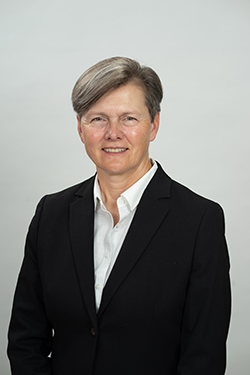 Sigrida Reinis, Ph.D., P.E., Langan (sreinis@langan.com)
Sigrida Reinis, Ph.D., P.E., Langan (sreinis@langan.com)
Dr. Sigrida Reinis is an Associate with Langan Engineering and Environmental Services, and lives and works in Oakland, California. She holds Bachelor of Science, Masters of Engineering, and Doctoral degrees, in Civil Engineering, from the University of California at Berkeley. Sigrida is a Professional Engineer in the States of California and North Dakota, and a licensed General Engineering Contractor in California. With over 20 years of design and construction oversight experience, Sigrida is the technical leader of the gas and vapor intrusion mitigation and monitoring practice for Langan in California. In addition, Sigrida leads the probabilistic cost estimating and decision analysis practice for Langan nationwide. She also has prepared and provided peer reviews of the full spectrum of technical documents related to the remediation of redevelopment of brownfield sites and municipal solid waste landfills. Additionally, she has provided litigation support and expert witness services for both construction and environmental engineering projects.
 Hui Li, P.E., EKI Environment & Water, Inc. (hli@ekiconsult.com)
Hui Li, P.E., EKI Environment & Water, Inc. (hli@ekiconsult.com)
Hui Li, PE, is a California-license Professional civil engineer with over 22 years of experience in the environmental industry. Currently, she is a supervising engineer with EKI Environment & Water, Inc. Her main area of expertise includes: remedial investigations and feasibility studies; soil, groundwater, and soil vapor remedial designs and construction management; design and construction of vapor intrusion mitigation systems; managing institutional controls and site management plans; and managing treatment system operation and maintenance. Hui has a bachelor’s degree in environmental engineering from Sichuan University and a master’s degree in civil engineering from the University of Minnesota.
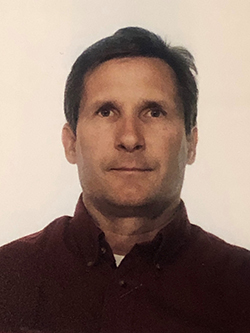 Stacy Byrd, LEED AP, GRP, CDT, Colloid Environmental Technologies Company (CETCO) (stacy.byrd@mineralstech.com)
Stacy Byrd, LEED AP, GRP, CDT, Colloid Environmental Technologies Company (CETCO) (stacy.byrd@mineralstech.com)
Stacy Byrd is the Global Technical Services Director at Colloid Environmental Technologies Company (CETCO), a leading manufacturer of waterproofing, vapor barrier mitigation systems, greenroof systems, composite drainage, and waterstops. He has over 30 years of technical design application, product testing, and practical field experience with below-grade foundations, plaza-decks, tunnels, VIMS, and greenroofs on commercial, institutional, multi-family, and government projects. He has worked with many different waterproofing and vapor mitigation systems including thermoplastic welded membranes, asphalt-latex spray membranes (ALM), EVOH barrier films, bentonite, active polymer core, hot-applied rubberized asphalt, cold-applied liquids, bituminous sheet, and remedial injection products. Mr. Byrd has been involved with hundreds of construction projects throughout North America and has worked on projects in Europe, Asia, South America, Australia, and the Middle-East.
Mr. Byrd is an active member with ASTM International Committee D08 on Roofing and Waterproofing, Association of Vapor Intrusion Professionals (AVIP), SWRI’s Technical Committee, IIBEC, and an industry member on ITRC’s 2024 Vapor Intrusion Mitigation Team. Mr. Byrd assisted NRCA’s task force with the 2nd edition of their Waterproofing Manual published in 2020. Stacy also achieved LEED – Accredited Professional (LEED-AP) and Green Roof Professional (GRP) certifications; and holds a Bachelor of Science degree in Industrial Distribution from the Engineering College at Texas A&M University.
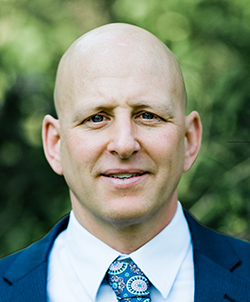 Eric Lovenduski, Geosyntec (elovenduski@geosyntec.com)
Eric Lovenduski, Geosyntec (elovenduski@geosyntec.com)
Eric Lovenduski is an environmental scientist and AARST certified vapor mitigation professional with over 25 years of experience. He is currently the co-chair of Geosyntec’s internal vapor intrusion steering committee, and has contributed to current and past ITRC vapor intrusion guidance documents. He is a recognized as a leader in the field of large building and new construction vapor intrusion assessment and mitigation. Eric has been an author and technical reviewer of several state vapor intrusion guidance documents. Over the last 15 years, Eric has been an invited instructor on vapor intrusion topics by various regulatory agencies and has presented at several national conferences on vapor intrusion mitigation topics. Eric earned a bachelor’s degree in geology in 1999 from SUNY Potsdam and has been with Geosyntec Consultants since 2007.
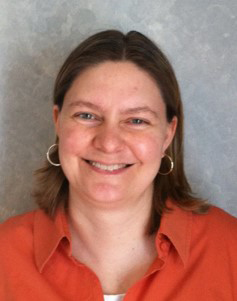 Rachel Saari, P.E., Arcadis (rachel.saari@arcadis.com)
Rachel Saari, P.E., Arcadis (rachel.saari@arcadis.com)
Rachel Saari is a technical expert on vapor intrusion mitigation with over twenty-four years of experience in the design, operation, and maintenance of soil vapor extraction and vapor intrusion mitigation systems. She has extensive experience in leading mitigation designs for commercial and residential mitigation projects for both existing buildings and new construction. Rachel is certified in radon mitigation through the National Radon Proficiency Program and actively participates in the development of the ANSI/AARST Soil Gas Mitigation Standards as a member of the AARST Consortium on National Radon Standards. Rachel received her B.S. in Environmental Engineering from Michigan Technological University and is a Professional Engineer in the State of Michigan.
 Tina Ures, CA Water Boards (tina.ures@waterboards.ca.gov)
Tina Ures, CA Water Boards (tina.ures@waterboards.ca.gov)
Tina Ures is a Geologist with the California State Water Resources Control Board, Division of Water Quality. She has worked in the environmental field for over 10 years now overseeing assessment and remediation activities on variety of sites impacted with chlorinated solvents and other contaminants throughout California. Tina currently assists with managing statewide cleanup programs for the Water Boards, VI technical expert for cleanup programs, team member of the California Environmental Protection Agency VI Workgroup, and co-lead in developing a statewide database to evaluate vapor attenuation. Additionally, she served as a team leader for ITRC's Vapor Intrusion Guidance Update Team. Tina is also an Openscapes Champion and Instructor for the Water Boards Openscapes Champion Cohorts. Outside work, she loves to spend time exploring nature and cooking up delicious meals with her family.
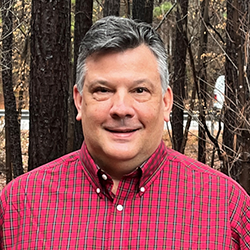 Andrew Rodak, P.E., TRC (arodak@trccompanies.com)
Andrew Rodak, P.E., TRC (arodak@trccompanies.com)
Andrew Rodak, P.E. has over 33 years of experience and progressive responsibility in environmental compliance, assessment and remedial design and civil/environmental engineering design and consulting. His qualifications include extensive hands-on planning, field investigation and construction management, design, permitting, monitoring, inspections, cost estimating, and project management. He has extensive experience in environmental site assessments and remediation, including soil, groundwater and soi vapor sampling, exposure risk assessment, and design and implementation of various mitigation remediation strategies. Mr. Rodak participated on the 2018-2020 and 2024-26 ITRC VI Mitigation Guidance Document Update Teams and is a Small Group Leader for ITRC’s 2026 VIM Training Team. He is a member of the Mitigation Committee of the Association of Vapor Intrusion Professionals and assisted in the development of guidance documents and checklists for shareholder use. He currently serves as Environmental Team Leader in TRC’s Cary, NC office with responsibility for the business functions of the Engineering, Construction and Remediation sector staff, including technical support, deliverable quality, project financial management, and mentoring of junior staff. He has a Bachelor of Science degree in Civil/Environmental Engineering from Clarkson University and is a Professional Engineer in five states, including North Carolina.
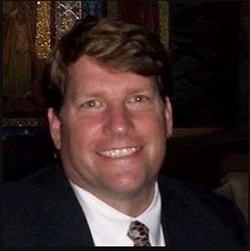 Gerard (Jerry) Aarons, PG, CHG, Cal/EPA Department of Toxic Substances Control (DTSC) (Jerry.Aarons@dtsc.ca.gov)
Gerard (Jerry) Aarons, PG, CHG, Cal/EPA Department of Toxic Substances Control (DTSC) (Jerry.Aarons@dtsc.ca.gov)
Mr. Aarons has forty years of experience in environmental and applied geology/ hydrogeology and thirty years of experience in CERCLA/RCRA site investigations/ characterizations, remediation and long-term operations & maintenance and monitoring at regulated hazardous waste/hazardous substances sites including active and former military installations, government research facilities, landfills, refineries, commercial/ industrial, and residential properties. Mr. Aarons has provided online and in-person vapor intrusion training to Cal/EPA’s (DTSC and Water Board) on their Supplemental Guidance on Vapor Intrusion and has presented at multiple external conferences (AEHS [Association of Environmental Health and Science Foundation]), Certified Unified Program Agency [CUPA]. Mr. Aarons earned a Bachelor of Science degree (Earth Science) from Emporia State University (Kansas), in 1984 and a Master of Science degree (Geology) from California State University (Hayward-East Bay), in 2005. Mr. Aarons is a California licensed Professional Geologist and Certified Hydrogeologist and has been employed as an Engineering Geologist at DTSC since 2009.
Matt Jenny, GSI (mjenny@gsienv.com)
Moderator:
ITRC Training Program (itrc@itrcweb.org)
Webinar Slides and References:
Additional Resources:
Thank you for participating in our webinar. We would like to receive any feedback you might have that would make this service more valuable.
Help & FAQs
- Frequently Asked Questions
- Content Questions?
Call ITRC Training Program at 202-266-4932 or itrc@itrcweb.org - Technical Problems?
Leave us a comment - Cancel Your Registration
- My Participation Records
- CEU Credits and PDHs
Zoom Resources
Before Webinar Day
This seminar will be delivered through Zoom. Participants are encouraged to update to the latest version of the Zoom application for the best experience.
If you are unable to install the Zoom application, most functions will be available if you join just using a modern web browser such as Chrome, Edge or Firefox. We strongly encourage you to run the Zoom Meeting Test prior to attending this webinar. Technical support on the day of the webinar will be very limited and subject to significant delays.
Backup Conference Call
If you cannot participate using online audio, you may join the optional call in line. After checking in for the live event using the instructions listed below, you will see several options to participate. Please click the links in option 4 to follow along by phone and obtain the call in number. If you cannot access the phone number, you may request the call in line from the event moderator in the Q&A or send an email to Jean Balent at balent.jean@epa.gov
Click on "Join Webinar" at the top of this screen, enter your exact first and last name as you registered and enter the number of people attending at your location (including yourself). You should then be taken to the Zoom meeting room. Join with Zoom Application: For those joining with the Zoom application, you may be prompted to sign with a zoom account or join as a guest without signing in.
If joining as a guest, you will be prompted to enter your name and email address. Remember your name, image, video or voice may be visible to others in the live event. When done, click "Join" When it is time for the live event to start, the meeting host will admit you to the live Zoom meeting. Join via web browser (without the Zoom Application): For those joining with a web browser, you may close any pop ups prompting you to download the Zoom app. The next window will allow you to enter your name (first name and last name) and check the box that you are not a robot. Click the blue join button. You may also be asked to provide your email address before joining the room. Remember your name, image, video or voice may be visible to others in the live event. When done, click "Join" When it is time for the live event to start, the meeting host will admit you to the live Zoom meeting. You may need to periodically refresh the browser window to confirm if the host has admitted you. The presenters will control what slide you are viewing. You may submit questions online for the instructors to answer during the webinar by typing in the "Q&A" area. It is not necessary to wait until the question and answer periods to submit questions. At the end of the webinar you will be guided to our feedback form and links to additional resources, including the complete presentation. These links will remain active after the webinar. Provided for your convenience. Importing or accepting the invitation within this iCalendar file is not required, and declining the invitation does not cancel your registration. For additional information on iCalendar, please see our
iCalendar Help It is EPA's policy to make reasonable accommodation to persons with disabilities wishing to participate in the agency's programs and activities, pursuant to the Rehabilitation Act of 1973, 29 U.S.C. 791. Any request for accommodation should be made to ITRC Training Program at 202-266-4932 or itrc@itrcweb.org, preferably one week or more in advance of the seminar, so that EPA will have sufficient time to process the request. EPA would welcome specific recommendations from requestors specifying the nature or type of accommodation needed. EPA welcomes specific recommendations from requestors specifying the nature or type of accommodation needed. Please note that CLU-IN provides both alternate phone call-in options and closed captioning for all webinars, and requests for these specific accommodations are not necessary.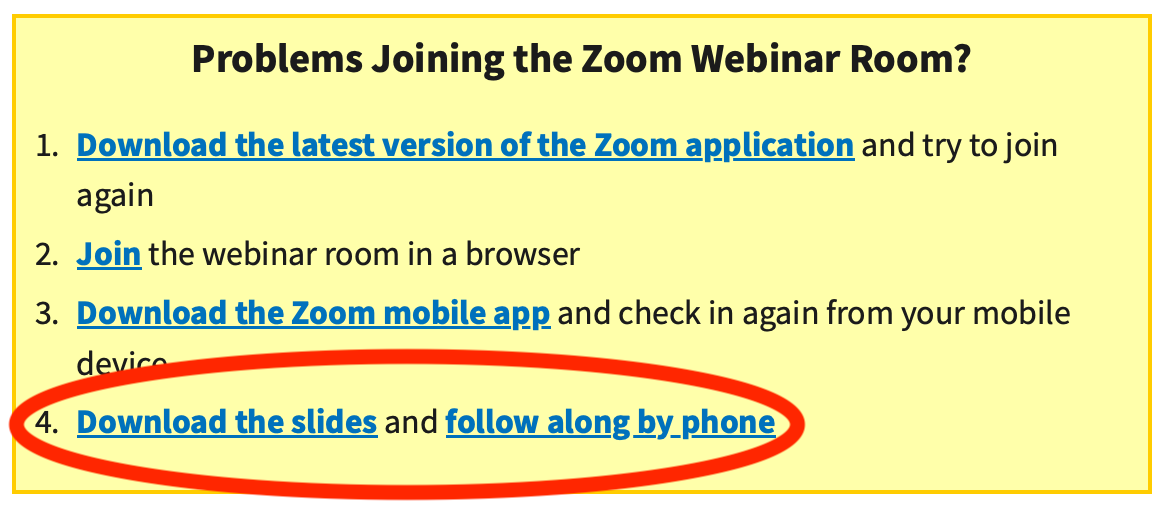
Webinar Day, Checking In
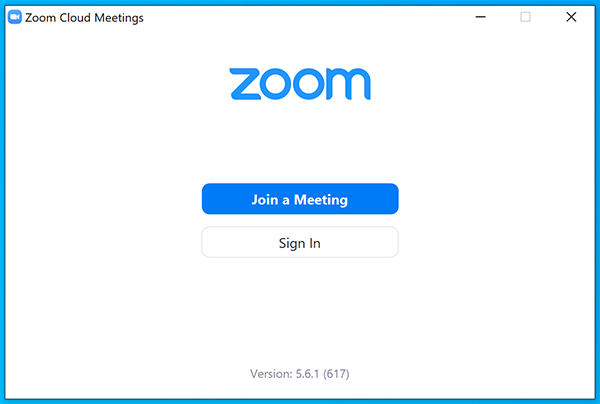
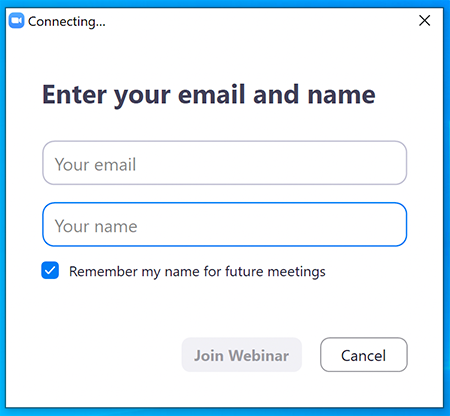
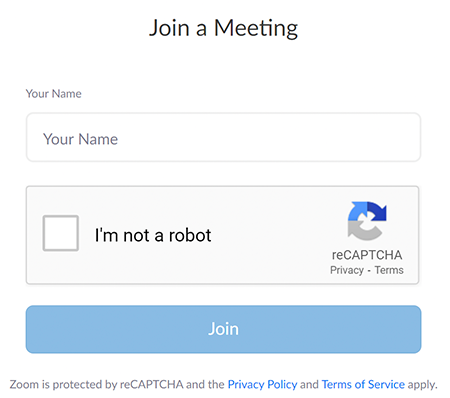
Moving Through Slides
Feedback & Links to Additional Resources
iCalendar File
Rehabilitation Act Notice for Reasonable Accommodation
Rehabilitation Act Notice for Reasonable Accommodation
It is EPA's policy to make reasonable accommodation to persons with disabilities wishing to participate in the agency's programs and activities, pursuant to the Rehabilitation Act of 1973, 29 U.S.C. 791. Any request for accommodation should be made to ITRC Training Program at 202-266-4932 or itrc@itrcweb.org, preferably one week or more in advance of the webinar, so that EPA will have sufficient time to process the request. EPA would welcome specific recommendations from requestors specifying the nature or type of accommodation needed. EPA welcomes specific recommendations from requestors specifying the nature or type of accommodation needed. Please note that CLU-IN provides both alternate phone call-in options and closed captioning for all webinars, and requests for these specific accommodations are not necessary.
Webinar Recording
By participating in this CLU-IN webinar, you automatically agree to authorize recording of audio and visual content presented during this live event and consent to subsequent use of this recording in the public domain by the U.S. Environmental Protection Agency. This recording may include questions, comments and poll responses provided by you during the live event in addition to your name, voice, image or likeness. This recording will be made available after the conclusion of the live event as part of the CLU-IN webinar archives, and will remain available indefinitely. If you do not wish to consent to the recording, please do not join the live event, and contact Jean Balent at 202-566-0832 or balent.jean@epa.gov to discuss your concerns.
Content Disclaimer
This webinar is intended solely to provide information to the public. The views and opinions expressed as part of this webinar do not necessarily state or reflect those of the U.S. Environmental Protection Agency. It is not intended, nor can it be relied upon, to create any rights enforceable by any party in litigation with the United States, or to endorse the use of products or services provided by specific vendors. With respect to this webinar, neither the United States Government nor any of their employees, makes any warranty, express or implied, including the warranties of merchantability and fitness for a particular purpose, or assumes any legal liability or responsibility for the accuracy, completeness, or usefulness of any information, apparatus, product, or process disclosed, or represents that its use would not infringe privately owned rights.

